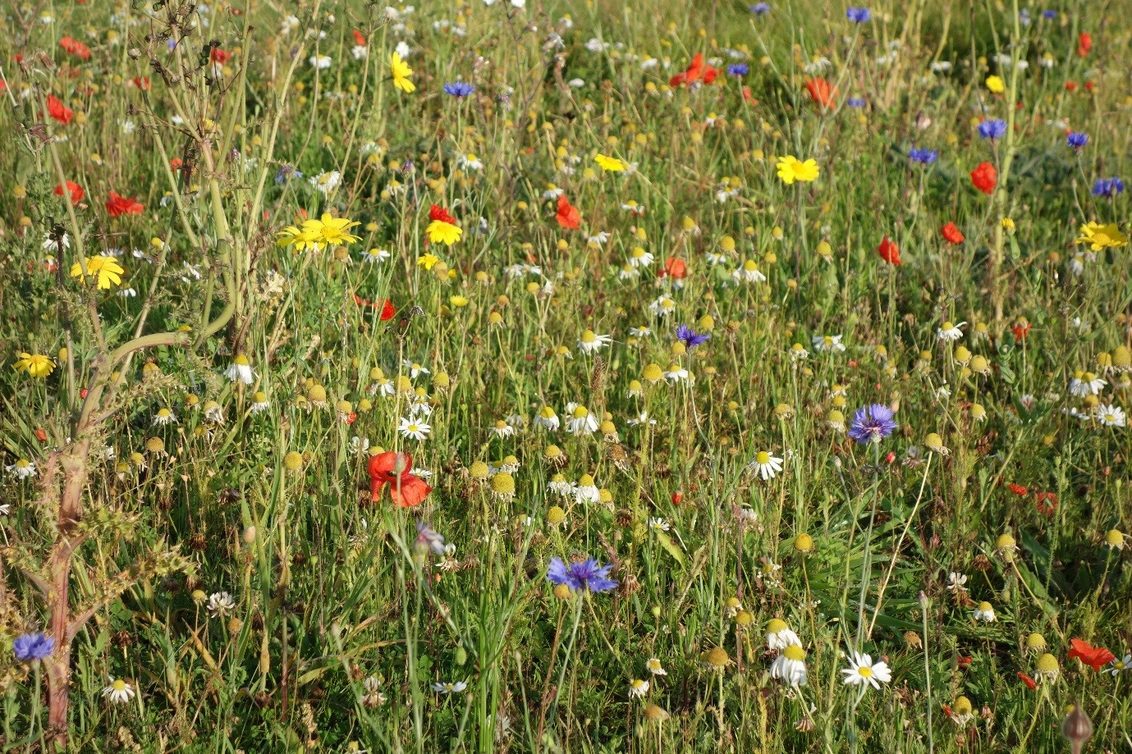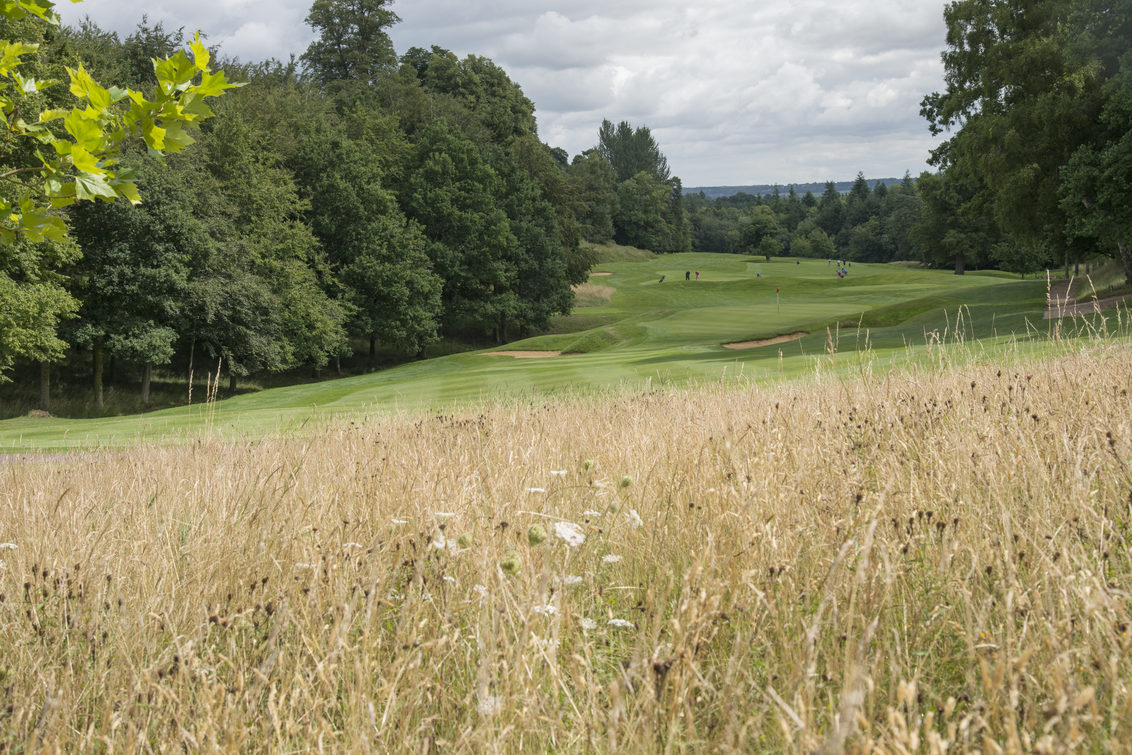
Over the coming seasons we are supporting golf clubs to establish and manage areas of pollen and nectar rich wildflower habitat that will provide essential food resources and nesting habitat for pollinators, including native bees, butterflies and other insects.
Why get involved?
- Pollinating bees are an essential part of the natural ecosystem, for pollination of food crops and to maintain ecological biodiversity. Bumblebee numbers have declined over recent years, with some UK species now on the verge of extinction
- Golf courses provide outstanding potential to create essential habitat and food sources for a range of native bees and pollinating insects
- Involvement with Operation Pollinator generates new opportunities for our club and immense pride for players in our course
- Nationally, Operation Pollinator is seeking to establish 250 hectare of specific new habitat on up to 500 golf courses across the UK – creating a significant ecological resource and proving that golf and the environment can be effectively managed on the same course
- Because we can make a difference. Independent research trials have shown creation of even small areas of dedicated habitat can significantly increase the numbers of pollinating insects. With your support we can make that difference count

What is involved, and what will you see?
- Work with the club to identify areas suitable for Operation Pollinator habitat creation.
- Establish what environmental features you have, so as not to disturb already valuable areas. The aim is to target new habitat creation to bring to life areas of low ecological value.
- Assess what techniques will be most appropriate for wildflower establishment.
- In the autumn designated areas should be cut back.
- The Operation Pollinator area/s should be intensively scarified to expose bare earth, to sow the selected wildflower seed. The grasses will grow back, although you may choose to use a growth regulator on the grasses to hold back competition and try and allow the wildflower seedlings to establish strongly before the winter.
- Future management should involve an annual cut of the wildflower area in early autumn, after the bird nesting period and once seed has set and been released, with the possible need for further scarification to encourage more wildflowers.


STRI trials suggest that you should begin to see some wildflowers in the first spring after sowing, but as most are perennial or biennial species it will only be in the second and subsequent years that the wildflowers areas come into their own, and will go on getting better every year thereafter.
Scientific research into pollinating insect populations on Operation Pollinator habitats indicate that we should start to see significant numbers of Bumblebees and butterflies increasing over the coming years.
Future actions
Operation Pollinator is a very worthwhile project for us to be involved with and to develop in the future as part of our environmental and ecological management. The aim is that it will add an extra level of interest and pride in playing our course.

